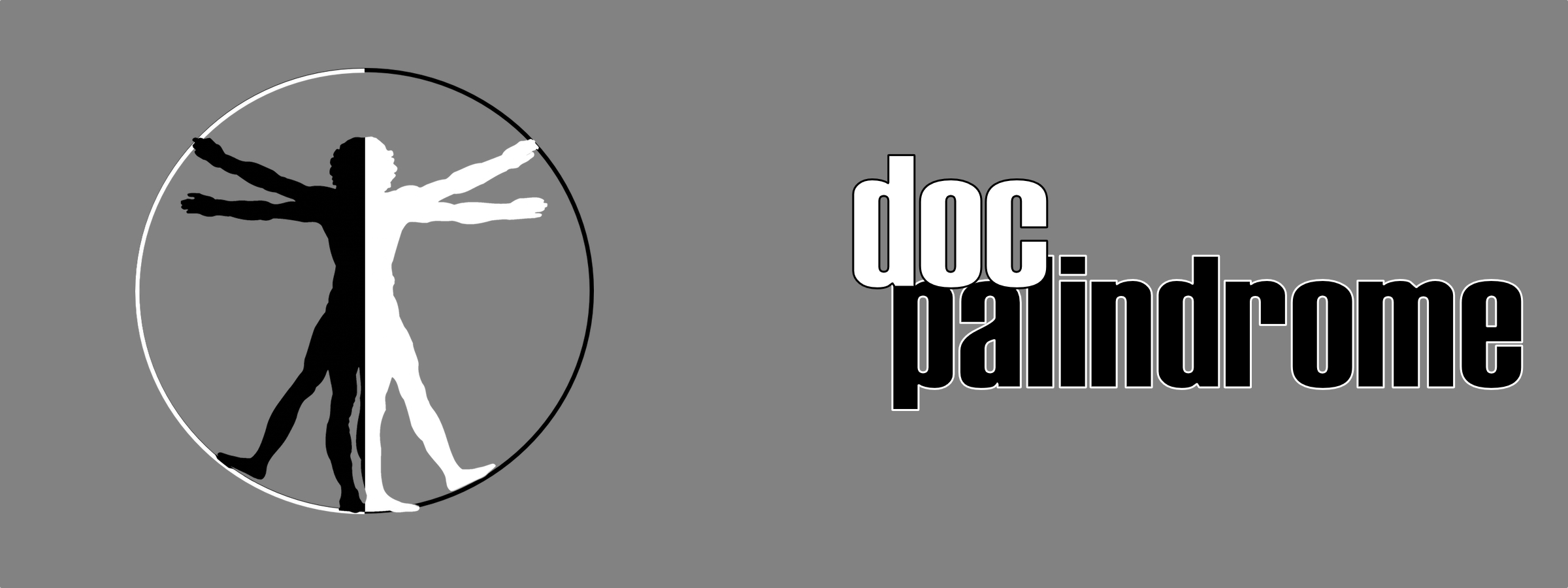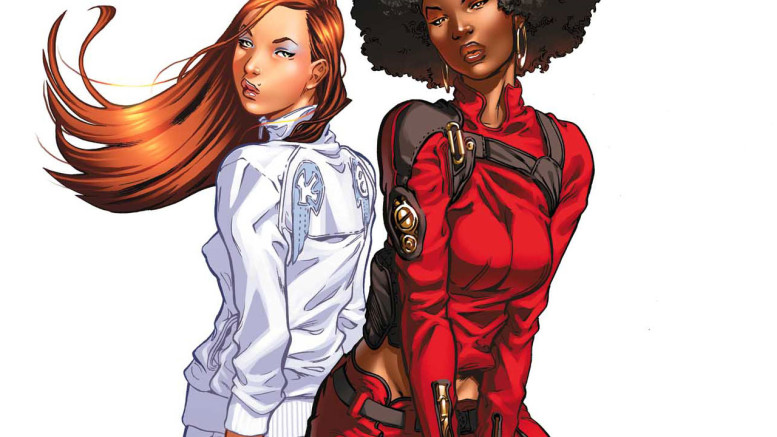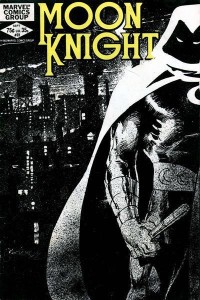Finally! The last part!
Well, sort of. I can’t promise I won’t do more of these, especially when I suddenly became obsessed about the idea of a Daughters of the Dragon spin-off from Iron Fist, starring Regine Nehy as the cyber-armed cop, Misty Knight, and Anna Akana as the kenjutsu mastering, Colleen Wing!
Make it happen, Netflix!
It’s like I could go six weeks with all this!
Oh.
Yeah.
Enjoy these ones.
The Wrecking Crew
The comics: Dirk Garthwaite, the Wrecker first appeared in Thor comics in 1968. He was one of Thor’s regular rogue’s gallery of thugs with super-strength, alongside Mister Hyde, Executioner, Grey Gargoyle, Absorbing Man, and Ulik. Unlike those other villains, Wrecker didn’t have anything going for him beyond being strong and having a magic crowbar. Eventually, however, writer, Len Wein decided to take ol’ Dirk and give him some pals.
His fellow prison inmates gained superhuman strength from the same magic crowbar and became Bulldozer, Piledriver, and Thunderball (who also happens to be a nuclear physicist). Together, the four of them seemed like they would be an unstoppable force…
… But were not, quite that.
The Wrecking Crew proceeded to get their ass kicked by everyone. The Defenders, the Avengers, the X-Men, the Fantastic Four, the New Warriors, the Thunderbolts; when the writers of these books want the characters to fight someone that they are obviously going to defeat, the Wrecking Crew makes an appearance. In wrestling parlance, they would be referred to as jobbers.
So why would they be perfect for a show?
The series: Four superhumanly strong felons empowered by bled-off Asgardian magic (as there has been a bunch of that on Earth in the MCU – Thor and the Destroyer in New Mexico, Malekith’s vessel and the effects of the Aether in Great Britain, Lorelei in the American Southwest, etc.), the Wrecking Crew proceeded to fulfill the same role they have in the comics: getting beat down.
At the beginning of the series, they have been handed serious defeats by everyone in the MCU, at some point. Finally, they are out of prison and ready to try to become the major villainous threat they all know they can be. As the season progresses, ‘Wrecker’s Big Plan’ will rely on each of their specific specialties and offer each of the four men the opportunity to spotlight their personalities. As the end of the season nears, each of the trials the Wrecking Crew undergoes come to a head and they are forced to make decisions that petty criminals might never have had to make, if they couldn’t lift buses above their heads.
Why they would watch: This is a show about bad guys. Not about the bad guys that are taking over the world, but those bad guys that want to have one big score and retire. At it’s heart, however, The Wrecking Crew is about finding the heart in a group of people whom might not normally be considered to have hearts. These aren’t ruthless killers, and that is part of their weakness, as villains. They play by a set of rules that we haven’t seen in the MCU. Everything about this series is something that hasn’t been seen before and would offer a refreshing vacation of the dark, angst-ridden bleakness of the rest of the Marvel shows.
Howard the Duck
The comics: Created by Steve Gerber as a supporting character in Man-Thing, Howard the Duck soon gained his own series in 1976. During the series, Howard tried to find his place in a world of humans, got a girlfriend, ran for president, and fought the oddest batch of supervillains anyone could imagine. Gerber was instrumental to the shocking success of Howard the Duck. It was a comic book series produced by one of the ‘Big Two,’ that had a feel like an independent book. Super-powered bag ladies, cosmic accountants, and space turnips were the call of the day as Howard tried to make Cleveland work for him. He was just as likely to never encounter the nemesis that threatened him as he was to get a fare for the cab he drove.
The series: Howard has already made an appearance in the MCU, at the end of Guardians of the Galaxy, so it’s not that far a stretch to imagine he could somehow make his way to Earth and end up in Cleveland, where he has to make a life, just like anyone else. The cast grows as the series progresses, starting with Howard’s roommate, artist and amateur pro-wrestler Paul Same and his best friend, Beverly, and growing to include psychic, Winda Wester, Beverly’s father, Lee Switzler, and Howard’s arch-nemesis/best friend, the bag lady/mistress of the mystic arts, the Kidney Lady.
The series focuses on Howard and his friends, as they deal with the strangest aspects of the powerful awakening that has gone on in the MCU. When Agents of SHIELD, Daredevil, or Damage Control needs to touch on something that just doesn’t make sense, there is a fair chance that Howard will show up.
Why they would watch: The absurdity factor is turned up to eleven, but the primary focus of Howard the Duck is on Howard’s point-of-view with modern, human society. He doesn’t understand the world and, by this abstract everyman’s observation, the idea of a human-sized, man-eating frog is as insane as on-line dating or reality television.
Howard acts as a means for the show runners to point out the inherent strangeness we all take for granted as part of society. Plus, there is a villain named ‘Doctor Bong.’
So, you know, that.
Moon Knight
The comic: Originally appearing in Werewolf by Night in 1975, empowered by the Egyptian God of Vengeance, Khonshu, Moon Knight started out as a mercenary-hero who was hired to kill a werewolf by a secret organization made up of evil businessmen, because, comics. After having a short solo stint in Marvel Spotlight , Moon Knight got his own series in 1980 which lasted for a few years, and has had a total of of 7 volumes.
Over the years, the original concept of Moon Knight has evolved. Originally, he was a mercenary named Marc Spector who, after nearly getting killed, is approached by Khonshu and made his avatar. When he decided to fight crime rather than Lon Cheney, he took on a handful of additional identities, including millionaire industrialist Steven Grant and taxi driver Jake Lockley. Using these identities to gather information, Spector thought of himself of a different individual as he moved from character to character.
Eventually, this led to Spector developing dissociative identity disorder. As time passed, a demonic possession death and resurrection, and multiple, significant personal losses led to Spector breaking down, entirely. He becomes more violent, obsessive, and unstable, hallucinating and acting erratic to the point that the hero community ceases to have any trust for him. The decline of a man who was once a hero to one whose lack of identity has caused severe mental illness is a concept writers have continued to address throughout subsequent comic series.
The series: Rather than focusing on Moon Knight as the low-rent Batman he sort of became (although, Moon Knight was always cooler than the Dark Knight), the series revolves around a man who haunted by misdeeds of his past and the innocents he has seen suffer, puts on a costume and vows to do something about it. Marc Spector, however, suffers from severe mental illness, and it is always left in question as to whether or not his conversations with the God of Vengeance are real, or not. His crusade is punctuated by his need to get help for the various conditions from which he suffers.
The cast of Moon Knight includes Marc’s caring friend Marlene, and his former mercenary comrade, Jean-Paul, as well as an array of street contacts, business friends, and others who enable Moon Knight to gather information on the comings and goings of those involved in illicit activities. Each of his four identities: Moon Knight, mercenary Marc Spector, investor Steven Grant, and cabbie Jake Lockley; has their own cast of allies, rivals, and friends.
However, the key focus of this series is a man dealing with a remarkably difficult mental health prognosis. Despite his drive to be a hero and help others, the primary component of Moon Knight’s character is the realism with which mental illness is approached. This tender subject is handled with the utmost sensitivity and respect for those suffering from psychological concerns.
Why they would watch: There have been many arguments, over the decades, as to the mental stability of superheroes, in general, and, specifically, a certain bat-themed billionaire, but never has this concept been addressed in any serious manner. Moon Knight offers exactly this. It revolves around the struggles of someone with a serious condition as he tries to do some good in the world. Approaching this subject with a reverence not shown it from genre fiction, in the past, allows the Moon Knight series to offer emotional value to the Marvel lineup.
In serving to de-stigmatize mental disorders, the series will help to educate viewers on how to (and how not to) approach those who are undergoing the stress of maintaining their mental health. And, of course, it will present the same bone-crunching, bad-ass mania as the latter comic book series; offering as much punch as it has promise.
But seriously.
Daughters of the Dragon.
Regine Nehy.
Anna Akana.
Come on!
Check out all the rest of these!
Marvel Concepts that Could be Turned into Amazing Ensemble Shows, Part 1 (Man-Thing, Weirdworld, and Legion of Monsters)
Marvel Concepts that Could be Turned into Amazing Ensemble Shows, Part 2 (Code: Blue)
Marvel Concepts that Could be Turned into Amazing Ensemble Shows, Part 3 (Excelsior Models/Models, Inc.)
Marvel Concepts that Could be Turned into Amazing Ensemble Shows, Part 4 (The Initiative)




